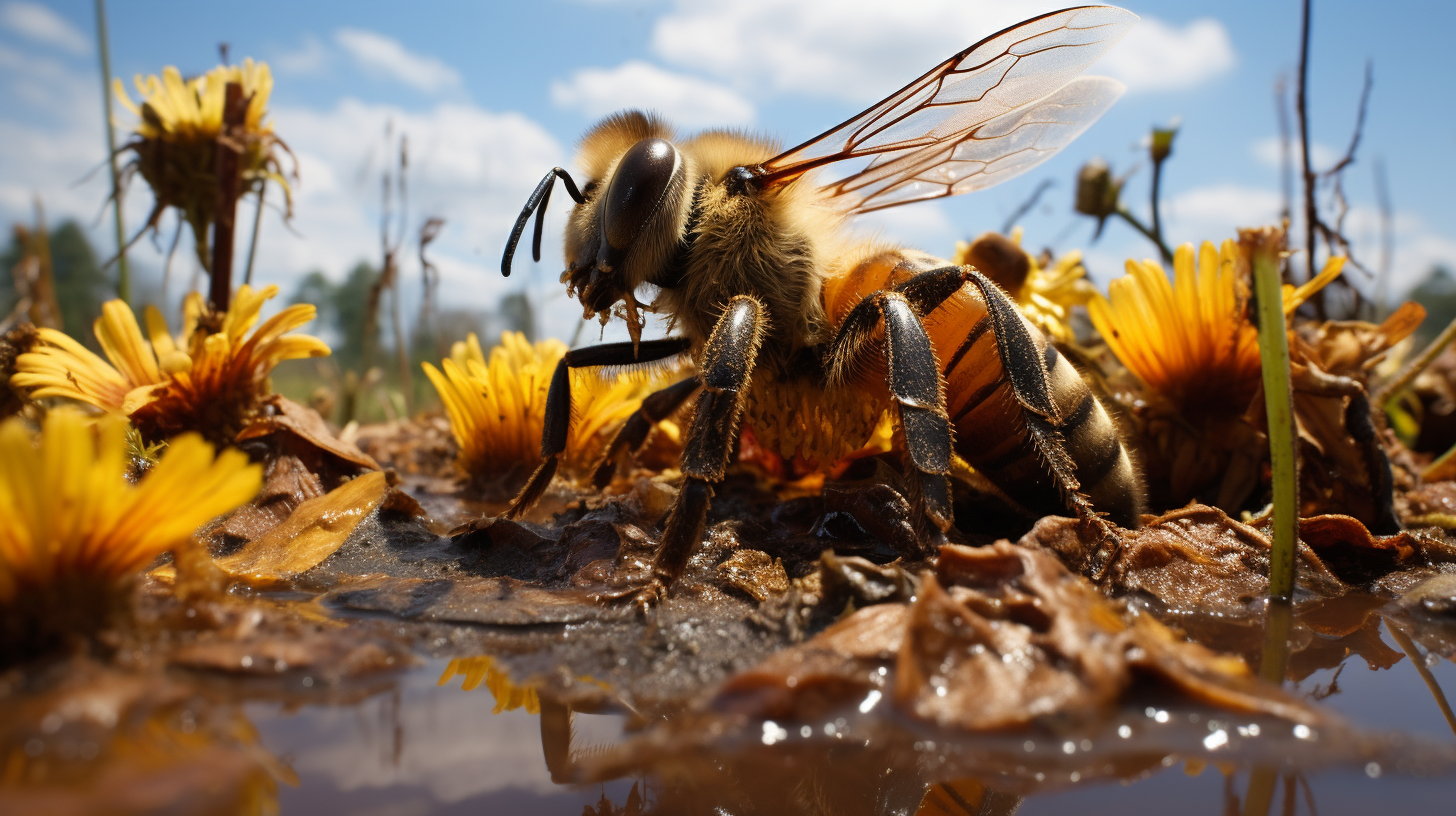In a landscape once abuzz with the industrious hum of bees and flutter of butterflies, there now lies a haunting silence—an echo of neglect that portends a cataclysmic ripple through the fabric of our world. This is a reality we explore as the final chapters of Earth’s pollinators turn, and with them, the fate of countless ecosystems.
The absence of the vital symphony played by pollinators is more than a quiet inconvenience; it’s a presage of the collapse of the very biodiversity that sustains us. In our last eerie installment, ‘After the Last Pollinator – Fruits of a Flowerless Future,’ we treaded through the barren orchards and monochrome diets which now define our existence. Today, we delve deeper, past the initial shock and into the folds of a world unspoken, where all pollinators have vanished into the ether of our transgressions.
The systemic collapse of pollination networks is not an eventuality—it’s the here-and-now of this dystopian present. The unraveling of ecosystems that once thrived on the mutualistic dalliances between flora and fauna lays bare the consequence of human indifference. Through the eerily silent gardens and still forests, we paint a vivid portrait of nature’s desolation.
Imagine a world devoid of colorful blooms and fruitful harvests, where crops wither and wild plant species fade into obsolescence. The gaping holes left within food webs spell doom for herbivores and cascading peril for predators. It’s a world where the concept of abundance is but a distant memory, as scarcity becomes the universal currency.
As somber as this vision is, the human spirit pervades through ingenuity. In the vacuum left by vanished pollinators, technology has surged in a feverish attempt to bridge the gap – enter the age of synthetic pollinators. With an ambiance borrowed more from science fiction than nature, robotic bees and drone pollinators dot the skies. These band-aid solutions spotlight humanity’s hubris and echo the desperate clawing for survival in a self-inflicted desolation.
Our tale does not shy away from the intimate, painting a picture of the personal battles waged in quiet corners of the world. Farmers gingerly hand-pollinate blooms by lamplight, a poignant testament to resilience spirited against incalculable losses. Stories of tradition and heritage seeds whisper through the narratives, chronicles of a time when the earth’s fertility was not yet smothered by human hands.
Climate calamities compound the demise of pollinators with catastrophic flair—cfloods, droughts, and storms relentlessly batter an already-frayed ecosystem. The cataclysms serve as stark backdrops to a globe teetering on the brink, a grim reminder of the synergy between environmental collapse and societal disintegration.
The surrealism of this scenario, set against the backdrop of our current reality, serves not just as a grim forecast but as a call to introspection. What lessons can we distill from this dark narrative? How does the reflection of a world bereft of its smallest workers compel us to act while we still wield the chance?
By journeying through the silence of this epoch, we venture a glimpse into the abyss, urging an urgent reappraisal of our stewardship over nature. With Dartanian flourish, the article concludes on a crescendo of reflection—pondering upon the possibility of reversing this dark tide, yet subduing the temptation to offer hope where the magazine’s ethos finds none.
